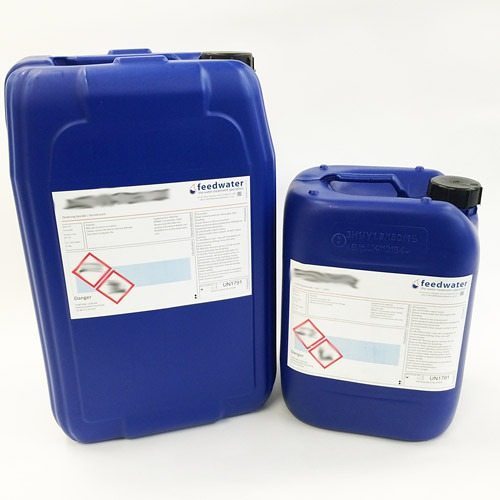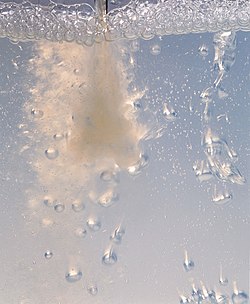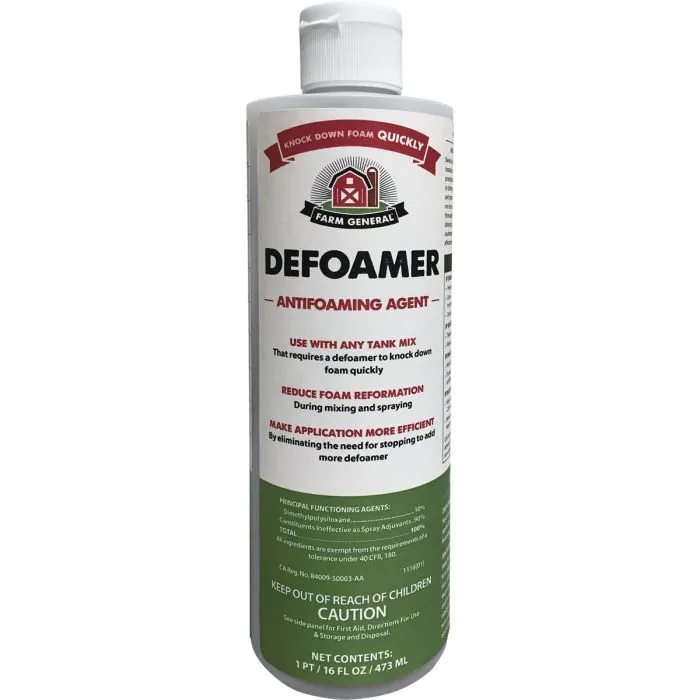Factors to Consider When Purchasing the Best Chemical Defoamer for Your Industry
Discovering the Advantages of a Chemical Defoamer in Production and Manufacturing
The integration of chemical defoamers in manufacturing and production processes provides a tactical benefit by resolving among the relentless challenges in commercial operations: foam control. Chemical Defoamer. Comprehending the nuances of different types of defoamers and their specific applications can expose their considerable effect on functional performance and product top quality. As producers aim to optimize processes and improve client fulfillment, the duty of chemical defoamers ends up being significantly important. Yet, the inquiry remains: just how do these substances essentially alter the landscape of production efficiency and cost-effectiveness?
Value of Foam Control
While the visibility of foam in manufacturing procedures can often seem harmless, reliable foam control is critical for maximizing operational effectiveness and item quality. Foam can disrupt different stages of production, bring about ineffectiveness that might expand and increase expenses processing times. In industries such as food and beverage, pharmaceuticals, and chemicals, unrestrained foam can obstruct equipment, interfere with automated systems, and inevitably result in product disparities.

Implementing effective foam control strategies not only improves efficiency however additionally supports regulatory compliance in industries where foam can result in environmental concerns. By utilizing chemical defoamers, suppliers can alleviate these challenges, ensuring smoother procedures and higher-quality final product. Inevitably, prioritizing foam control is an essential facet of manufacturing that can yield considerable benefits in regards to performance, product, and safety reliability.
Kinds of Chemical Defoamers
What kinds of chemical defoamers are readily available for making processes, and how do they vary in application? Chemical defoamers can be categorized right into three primary types: silicone-based, natural, and inorganic defoamers. - Chemical Defoamer

Organic defoamers, usually obtained from fatty acids or all-natural oils, work in a range of applications, consisting of food and drink manufacturing. They are commonly chosen for their lower poisoning and ecological influence, guaranteeing compliance with industry guidelines.

Each kind of defoamer serves distinctive functions based on the chemical make-up and the details demands of the production process, enabling manufacturers to choose the most ideal choice for their certain demands.

Advantages in Production Effectiveness
Chemical defoamers play a vital function in improving manufacturing efficiency by properly regulating foam generation during numerous processes. Foam can impede production rates, interfere with devices operation, and bring about costly downtime. By including chemical defoamers, manufacturers can mitigate these issues, making sure smoother operations and enhanced overall productivity.
Making use of chemical defoamers assists maximize the operational efficiency of tools such as activators, mixers, and pumps. With decreased foam, these devices can run at their intended ability, reducing the danger of overflow and making it possible for regular handling. This causes much better source use and greater throughput.
Furthermore, chemical defoamers facilitate faster handling times by decreasing the moment required for foam removal. This acceleration can dramatically influence manufacturing schedules, allowing makers to fulfill consumer demand better. In addition, the use of defoamers adds to decrease energy intake, as machinery operates much more successfully with lowered foam interference.
Effect On Product Quality
Foam control is not just essential for preserving effectiveness in making processes but additionally plays a read this post here considerable role in making sure item quality. Too much foam can present air right into formulations, bring about disparities in the end product. This can materialize as flaws such as voids, unequal structures, or substandard coatings, which weaken the intended high quality and efficiency of the product.
Moreover, foam can prevent the homogeneity of blends, leading to irregular distribution of energetic ingredients. In sectors such as coverings, cosmetics, and food production, this can cause variants in shade, preference, and overall performance. By utilizing a chemical defoamer, makers can reduce these dangers, guaranteeing that items fulfill strict high quality requirements.
Furthermore, regulating foam can boost the security of suspensions and emulsions, which is vital for ensuring shelf-life and customer satisfaction. With improved product consistency and lowered issues, manufacturers can attain greater requirements of quality control, eventually resulting in enhanced customer trust fund and brand loyalty.
Cost-Effectiveness and ROI
Reliable foam control not just improves item quality yet additionally adds significantly to the total cost-effectiveness of making procedures. Using chemical defoamers minimizes foam-related problems, which can otherwise result in manufacturing hold-ups, tools malfunctions, and boosted power consumption. By lowering foam, producers can maximize their processes, bring about greater throughput and effectiveness.
Investing in chemical defoamers can generate a substantial roi (ROI) The preliminary costs associated with these additives are frequently countered by the cost savings recognized from decreased downtime and enhanced material yield. Additionally, boosted item high quality can minimize waste and revamp expenses, better strengthening economic performance.
Additionally, effective foam control can result in decreased water and energy use, adding to reduced functional costs. This is specifically essential in industries where source efficiency is critical. By integrating chemical defoamers right into their procedures, makers can attain long-lasting savings while maintaining competitive rates in the market.
Verdict
To conclude, the assimilation of chemical defoamers in manufacturing and manufacturing processes is necessary for maximizing operational efficiency and enhancing item high quality. Effective foam control adds to improved devices performance, decreased processing times, and lessened downtime, eventually resulting in considerable cost financial savings. In addition, regular item solutions foster customer complete satisfaction and brand name commitment. The benefits provided by chemical defoamers not only support regulatory compliance yet also offer an one-upmanship in the manufacturing landscape.
The combination of chemical defoamers in manufacturing and production procedures uses a critical benefit by dealing with one of the consistent difficulties in industrial operations: foam control.While the presence of foam in producing processes can see this website occasionally appear safe, reliable foam control is important for optimizing operational efficiency and product high quality.Chemical defoamers play a crucial function in enhancing manufacturing performance by efficiently regulating foam generation throughout different procedures.Moreover, chemical defoamers facilitate faster you can look here handling times by lowering the time required for foam removal. Additionally, the use of defoamers adds to lower energy usage, as equipment operates extra successfully with decreased foam interference.